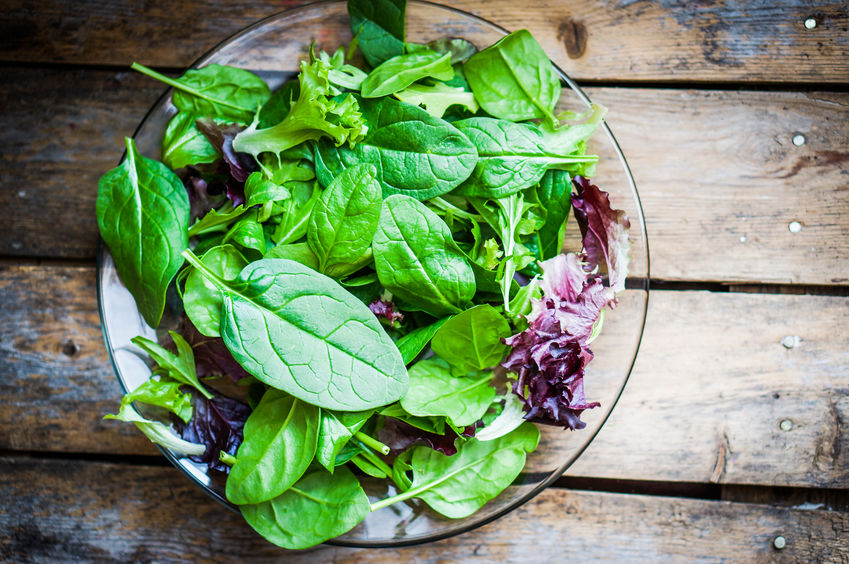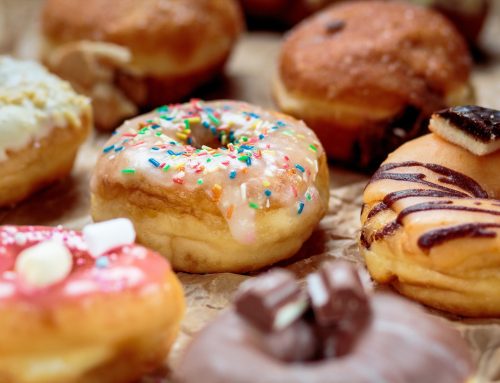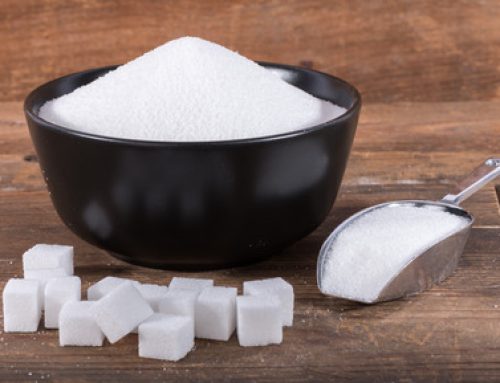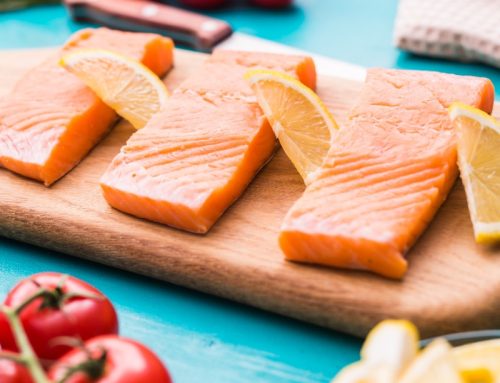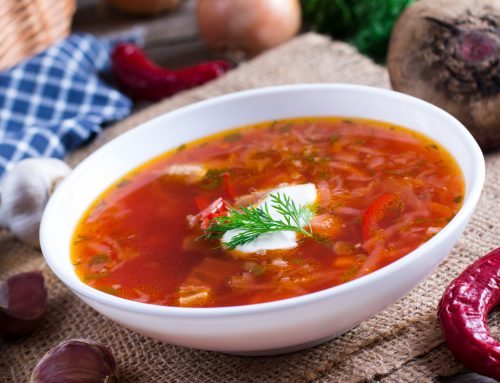What are foods that help weight loss? Th type of foods that can help with weight loss are those known to suppress the appetite.
According to Lisa Drayer, a nutritionist, author and health journalist, these satiety-boosting foods will keep you winning at weight loss.
Foods that Help Weight Loss
Here are some suggested foods that act as natural appetite suppressants and help with loss.
Greek or Icelandic yogurt
Greek and Icelandic yogurt (both strained to remove the liquid whey) are thicker, creamier and richer in protein than their regular yogurt counterparts, making them one of the best snacks for curbing appetite.
It’s the protein that keeps us feeling full. A 5.3-ounce container of plain nonfat Greek yogurt contains 15 grams of protein; the same portion of plain nonfat Icelandic-style skyr yogurt provides 17 grams of protein. By comparison, a regular fat-free plain yogurt contains 7 grams of protein.
Research suggests that protein is even more satiating than fat or carbohydrates. Therefore, it can be a strategic nutrient player in terms of appetite control and weight loss.
Other foods that pack protein include cottage cheese, milk, eggs, fish, lean poultry and meats, peanut butter, lentils and soybeans.
Avocados
You may know that avocados are an excellent source of heart-healthy fats. And with 9 calories per gram – more than double the calories per gram of carbohydrates or protein – fat fills us up fast, which can be beneficial in controlling hunger.
Avocados are rich in a fat known as oleic acid, which offers an added benefit in terms of the fruit’s effects on appetite.
Oleic acid is an omega-9 fatty acid also found in high quantities in olive and canola oils. In the body, it is converted into a compound known as OEA (oleoylethanolamide).
“OEA reduces appetite and lowers body weight in obese animals and possibly people,” she explained. “But obese people cannot make it, so it has to come from outside.”
Aside from avocados and certain oils, top sources of oleic acid include olives, nuts and seeds. Just be sure to watch portions of these high-fat foods.
Red chili peppers
Capsaicin is the plant compound in red chili peppers that gives them their “hot” sensation. But the burn can work both ways, as these heat-packed peppers can keep calories in check, which is key to weight loss.
How does it work? “Spicy red peppers turn on receptors in our mouths that cause us to feel burn. This gives a ‘kick’ to the system that triggers our bodies’ fight-or-flight response,” said study author Mary-Jon Ludy, associate professor of clinical nutrition at Bowling Green State University Activating the sympathetic nervous system in that way increases satiety and energy expenditure.
If spicy foods seem a bit intimidating, start slowly. One of the easiest ways to incorporate red chili peppers into your diet is to add red pepper flakes to chicken dishes, pasta, pizza or other foods you may be inclined to overeat.
Barley
Though it’s rich in carbohydrates, barley is another natural appetite suppressant, as the grain contains a unique combination of dietary fibers that make it extra filling.
When the fibers in barley reach the gut, they are metabolized by gut bacteria, and this increases levels of hormones that regulate appetite.
Barley can be enjoyed in soup or as a hot cereal for breakfast. You can also use it in place of rice in risottos and pilafs.
Soup
When soup is eaten as appetizer, it can decrease hunger, increase fullness and reduce the total calories consumed for the entire meal.
What’s so special about soup? Thanks to its high water content, it’s got low energy (calorie) density. That means you can fill up on a big portion and feel full without consuming the heavy calorie load that typically comes with large portion sizes.
“Binding water into foods slows down gastric emptying, which means your stomach stays fuller for longer,” said study co-author Barbara Rolls, professor of nutritional sciences at Pennsylvania State University and author of the “Ultimate Volumetrics Diet.”
And as an ingredient, few that are more waistline-friendly than water. “The most effective way to reduce calories is to bulk up food with water. You get lots of volume without calories,” Rolls said.
“If you’re filling up with soup first, you don’t want it to have many calories,” Rolls said. “A soup that is less than 150 calories works well.” Chicken vegetable, red lentil or chilled cucumber soup are all good choices.
Vegetable salad
Similar to soup, eating a salad before a meal has been associated with increased satiety and decreased calorie intake.
Salads promote satiety because vegetables such as lettuce, tomatoes and cucumbers have a high water content. Plus, you’re getting a healthy dose of fiber, which contributes to fullness. And though it may sound counterintuitive, fat-free dressing is not necessarily the best choice, as fat is necessary to absorb fat-soluble vitamins.
“A salad should be primarily vegetables. … You can use regular salad dressing, but don’t have it swimming in it,” Rolls said.
To keep your salad calories in check, avoid fatty meats and instead sprinkling some nuts along with some beans to boost protein and fiber. You can also try topping your salad with popcorn in place of oily croutons.
Spinach
Spinach is a source of thylakoids, the chlorophyll-bearing parts of green leaves. But aside from their role in photosynthesis, research suggests that thylakoids may be helpful in reducing the amount of food we eat.
Consuming thylakoid-rich spinach extract contributes to weight loss. “For those who got thylakoids, it was much easier to abstain from snacking, and they therefore lost more body weight,” she said.
Flaxseed
Flaxseed is another of the foods that help weight loss. They are rich in two natural appetite suppressants: omega-3 fats and fiber. One tablespoon of whole flaxseed has 3 grams of fiber and about 4 grams of healthful fat; one tablespoon of ground flaxseed has 2 grams of fiber and about 4 grams of beneficial fat.
Fiber from flaxseed can keep us satisfied and full without contributing any calories. One study found that when individuals consumed flaxseed fiber as part of a drink or as a tablet after an overnight fast, it significantly suppressed appetite and reduced calorie intake during lunch.
Fiber offers a “bulking” effect, which contributes to its effects on satiety. This may help explain why high fiber intakes are associated with lower body weights. Additionally, the fat in flaxseed can help slow the rise in blood sugar when flax is consumed with carbohydrate-rich foods. Unlike the hunger and irritability that can follow rapid blood sugar spikes and crashes, steady blood sugar levels can have beneficial effects on appetite.
For a fast way to include flax in your diet, try adding a tablespoon of ground flaxseed to your morning cereal or smoothie, or sprinkle it on top of yogurt. You can also use ground flaxseed to replace some of the flour in waffle or pancake mixes.
Click here to read more about foods that help weight loss.


